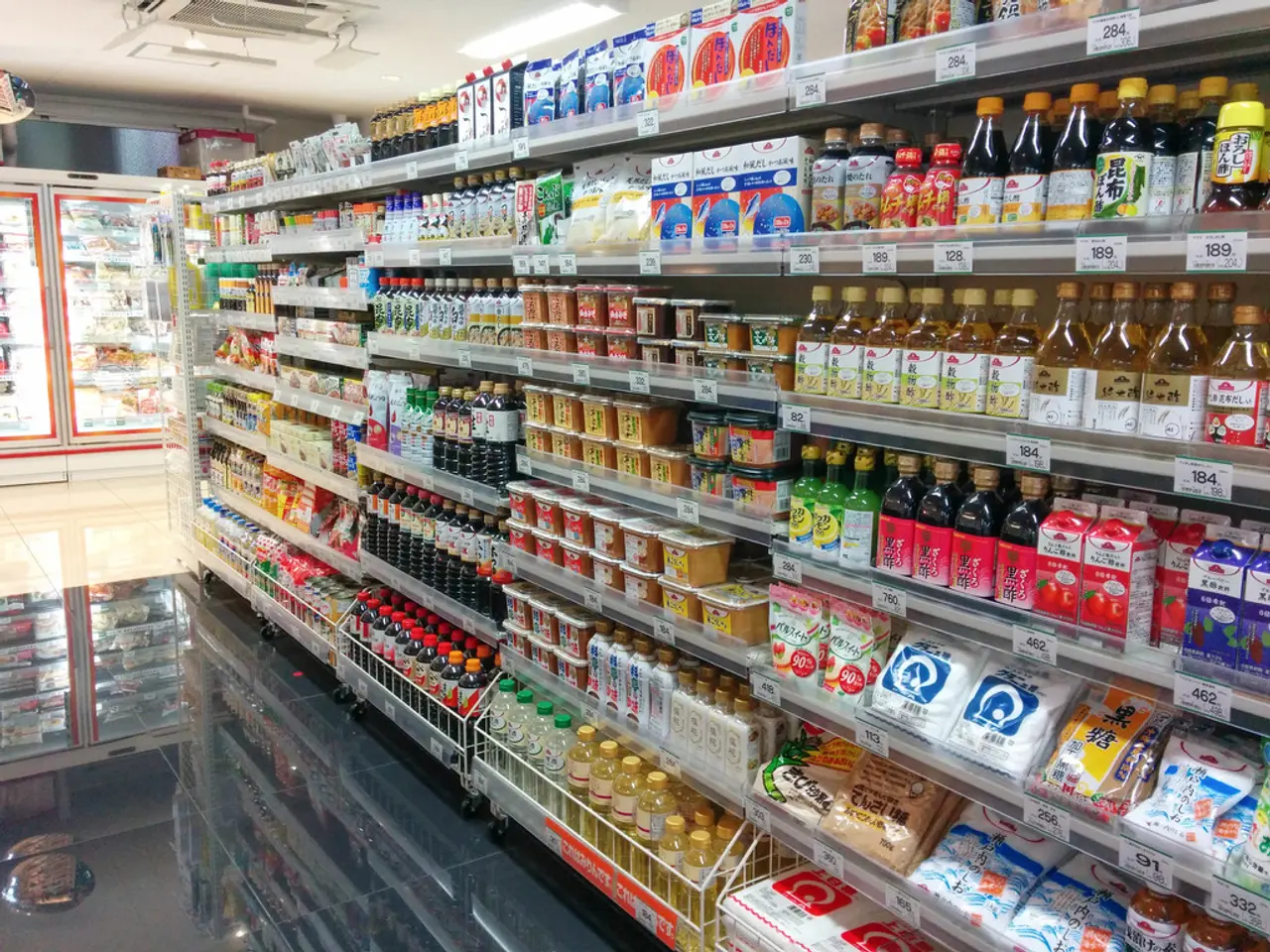Soaring butter prices in the U.S., fueled by rising global dairy costs – let's delve into the factors driving this increase.
The U.S. butter market has been experiencing a surge in prices, with food-at-home inflation remaining elevated. This trend can be attributed to a combination of factors, both domestic and global, that have been putting pressure on the export markets.
One key factor is the strong demand from food manufacturers in China and Southeast Asia. This demand, combined with consistent purchasing behavior from key buyers like Mexico, creates upward pressure on prices in the U.S. market. Export markets react to global supply-demand balances and influence U.S. prices directly through trade flows and competitive positioning.
Seasonality and domestic consumption also play a significant role in butter prices. Prices in the U.S. follow seasonal consumption patterns, with prices typically peaking during high-demand periods like grilling season and softening afterward as retail promotions lessen. This seasonal behavior correlates with global market timing and demand cycles, thus linking domestic U.S. pricing movements with global trends.
Global trade and competitive pressures also impact U.S. butter prices. European producers often offer butter and dairy powders at more competitive prices, which influences U.S. prices through market share competition. This competitive landscape causes price volatility and affects how U.S. prices align with global butter price trends.
The butterfat markets, key in butter prices, tend to move in tandem internationally due to shared influences like feed costs, milk production levels, and logistical constraints. Additionally, prices of other fats such as cocoa butter are also affected by raw material shortages and strong demand globally, setting a context of rising input costs in fat-related commodities that can indirectly influence butter pricing sentiment.
Beyond butter specifically, studies show a very high correlation between U.S. and Canadian dairy product prices, reflecting integrated North American dairy markets. This further supports that global supply-demand and pricing signals propagate through regional markets, affecting butter prices in the U.S. in line with global trends.
Inflation concerns have been on the rise among Americans, with a Reuters/Ipsos survey in April finding that nearly 90% of Americans are concerned about rising inflation. The overall Consumer Price Index (CPI) has been as low as 2.3% this year, but has ticked up slightly, reaching 2.7% in June. This week's CPI report is likely to show more tariff pressure on prices, with an expected 0.2% increase from last month and 2.8% year-over-year. The international rebound has driven up wholesale prices, which are now being passed down the supply chain to U.S. retailers and consumers. The Bureau of Labor Statistics is expected to release July's CPI on Tuesday, which is reportedly expected to reflect rising inflation.
References:
[1] Global Dairy Trade: Understanding the Dynamics and Impact on U.S. Butter Prices
[2] Commodity Prices and the Global Economy
[4] Integration of North American Dairy Markets
- The surge in U.S. butter prices, influenced by global supply-demand balances and competitive positioning, contributes to the food-and-drink segment of finance, particularly the dairy sector.
- Concerns about rising inflation, as reflected in the Consumer Price Index (CPI), directly impact the lifestyle of Americans, making food-at-home items like butter, a key commodity in the dairy industry, more expensive.




